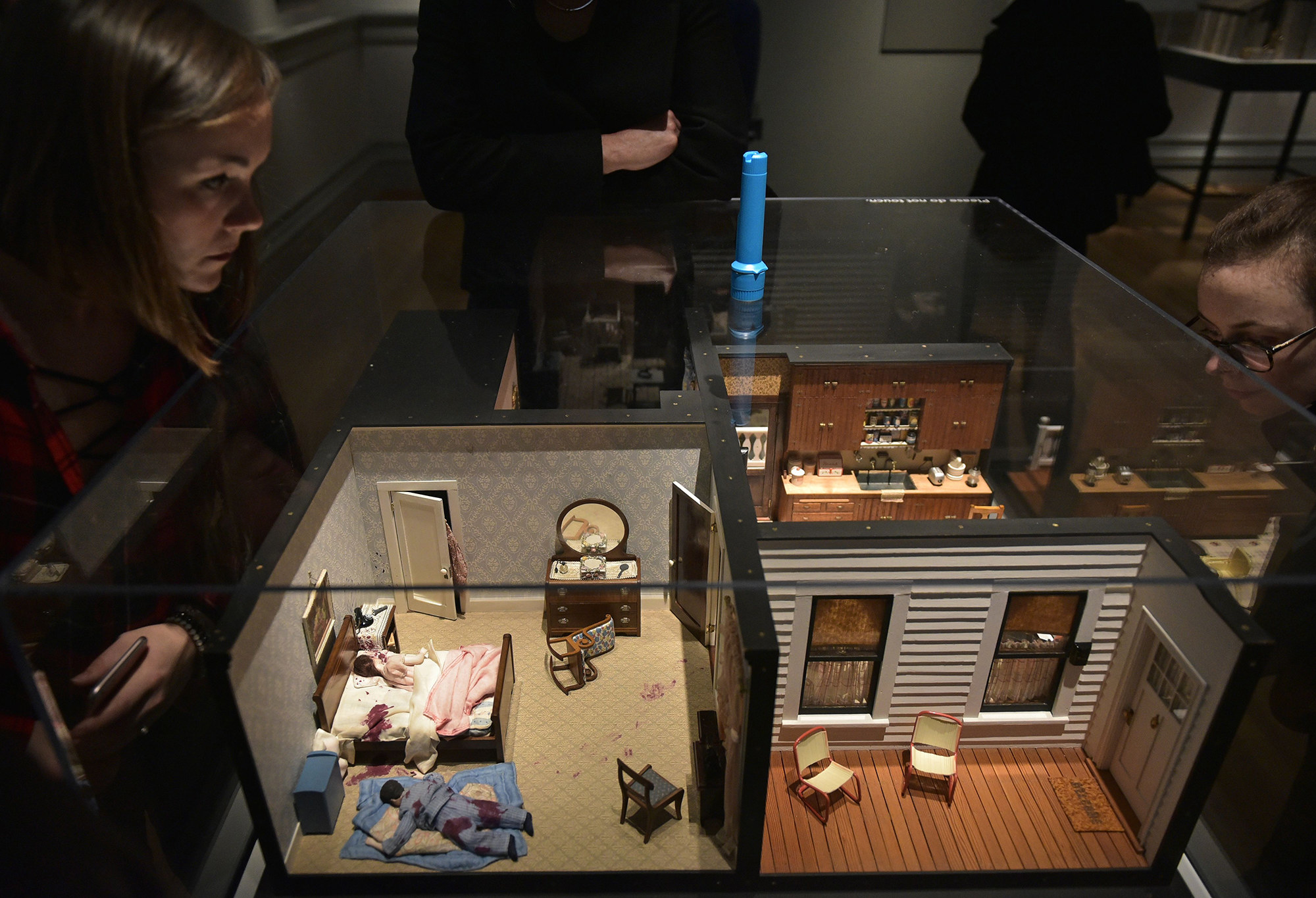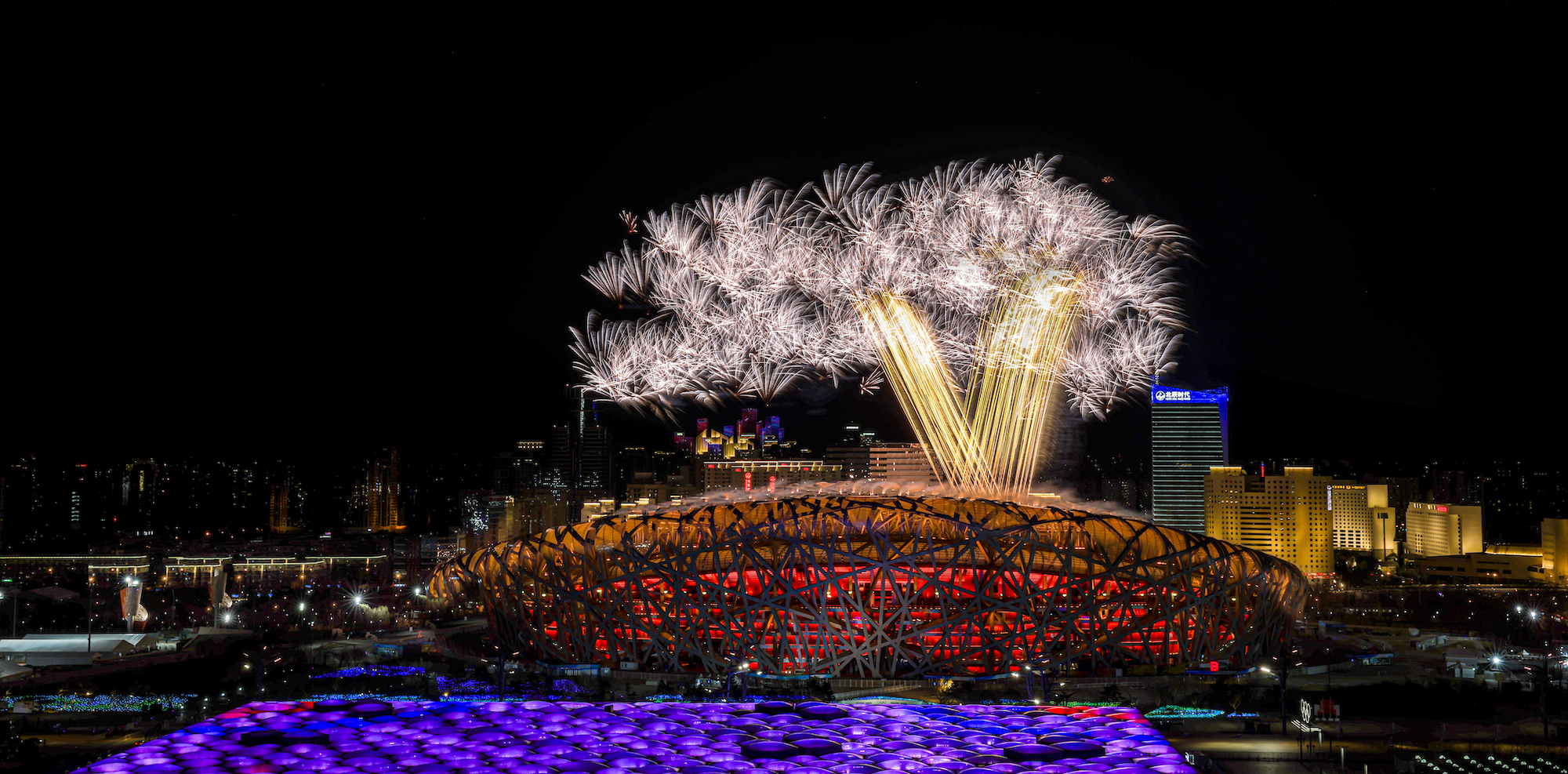Frances Glessner Lee is known as the mother of forensic science, but maybe a more accurate title is the mother of murder dioramas!
Frances Glessner Lee never set out to become an artist of the macabre, but that’s precisely what she did. Back in the 1940s, the crime-solving tools used today weren’t available. We certainly didn’t know about DNA or keeping a crime scene sterile. Lee’s work in crime-scene dioramas made her an expert resource. Unexpectedly, her work also made her known in the niche art world.
Lee’s work is strange at best; her tiny porcelain dolls have been burned, shot, hung, beaten, and bloodied, all in an effort to show a crime scene as it was initially found. While her work helped solve many crimes, there are still many depicted crimes that are still unsolved today.
Murder Is Her Hobby: Frances Glessner Lee and The Nutshell Studies of Unexplained Death Exhibit
Several of Lee’s dioramas are currently on display at the Renwick Gallery in Washington, DC. The exhibit invites attendees to read a synopsis of each crime before examining (with a flashlight) a tiny dollhouse recreation. Each scene inspires the viewer to look for clues or details that may have been missed before. A board toward the front of the exhibit invites attendees to share their theories on post-it notes. And, while, yes, some are joke theories, there are some fascinating thoughts posted, so combing through is well worth your time.
Staring at scene after scene is morbid at best, yet the work is completely fascinating. Imagine playing with your dollhouse as a child; only your walls are spattered with red paint for blood, half of your rooms are blackened from burning, and the “dad” in your dollhouse family is hanging from a noose in the living room. That’s pretty much the exhibit: each room is carefully decorated with tiny furniture, kitchen accessories, and even little pet figurines. And every diorama contains at least one tiny doll, and the dolls are carefully placed as the victims were found. Sadly I can think of no better word to describe the exhibit than just plain ‘weird.’ But ‘weird’ in the best way possible.






